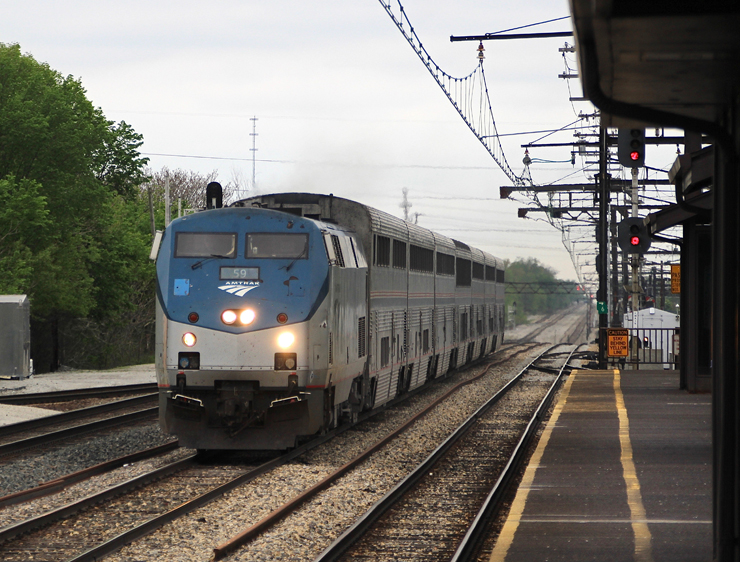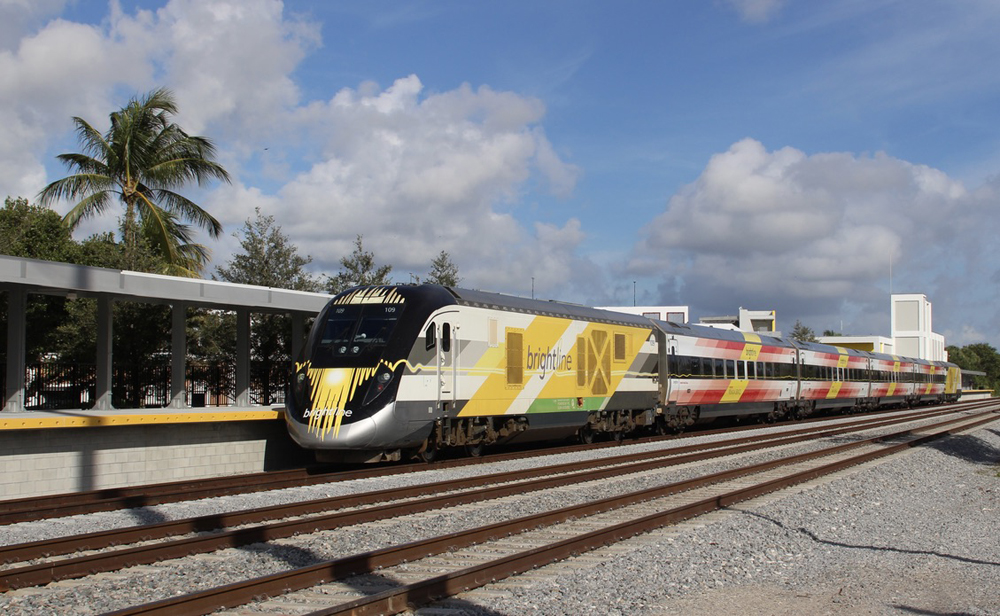With its distinctive firebox and slope-back tender, the B6 was an exceptionally capable and reliable steamer. The diminutive little engine had 56-inch drivers and mustered more than 36,000 pounds of tractive force.
The Pennsy built more than 300 of all B6-class variants (B6, B6sa, and B6sb), and according to Al Staufer’s book Pennsy Power, both the Pennsylvania-Reading Seashore Lines and the Washington Terminal railroad also used versions of the B6.
Built between 1902 and 1926, the B6 has a timeless look that appears to be at home in any setting from a 1930s Class 1 railroad freight yard to a 1950s backwater shortline.
The model
K-Line has created a locomotive that has the level of detail of a brass engine and the operating quality of a traditional die-cast metal engine.
The nose of the engine has a bright headlight with illuminated number boards and a sharp-looking number plate. Just above the front coupler you’ll find a simulated uncoupler bar. Behind it are two green LED marker lights.
The boiler tooling is clean and crisp, although there were a few spots on our sample, mainly on the cab roof, that look as though they received a smidge too much paint.
Cast-on detail includes sand lines, steps, boiler bands, and tons of rivets. Of special note are the rivets on the bottom half of the engine’s firebox.
Add-on items include black-painted handrails, piping, compressors, generators, whistle/pop off valves, and a bell. There even are twin builder’s plates (Juniata Shops, B6sb-class).
The cab features a detailed boiler backhead as well as two nicely detailed and painted figures sitting on seats in the cab.
The coupler-to-coupler length of the B6 is 173/4 inches, or 71 feet in O scale, compared to the prototype’s 64 feet 93/4 inches. The model’s O scale couplers and longer drawbar account for the difference.
The running gear, which includes side rods, eccentric cranks, and rods, is chemically darkened for a less glaring look. When running around the test track, it is fetching to watch.
The little slope-back tender may have never been better served in die-cast metal. Rivet detail is clean and crisp. The steps down on the water tank have a cast-in safety tread pattern, and the tender features a working backup headlight with illuminated number boards and two bright-red LED marker lights.
The top of the tank has a simulated water hatch, and you can even find cast-in electric lines running to the backup and marker lights. The coal load, made from individual pieces, looks great. The RailSounds or SignalSounds selection switch and volume control are on the belly of the tender.
Decoration is basic steam engine black. Lettering is clean and crisp on both of our samples, a pre-production Pacific Electric and a regular production New York Central.
The B6 also is available in Baltimore & Ohio, Chicago & North Western, Jersey Central, Long Island, Pennsylvania, Pennsylvania-Reading Seashore Lines, Santa Fe, Texas & Pacific, Union Pacific, and Washington Terminal road names. To purists, some of these may be unprototypical, but this sure gives operators the chance to get a B6 that fits almost any layout theme.
The test track
After crunching the performance numbers for the B6 switcher, I was going to write that the locomotive “delivers commendable performance for a switcher.” But the truth is, it delivers great performance for any engine, not just a switcher. The low-end speed average is 7.3 scale mph, and the high-end speed average is 79.6 scale mph.
On our test track, we coupled the 6-pound, 12-ounce B6 to our 25-car mixed make and vintage freight train. At 18 volts. We clocked the locomotive at 43.5 scale mph, which was quite good considering that this is a small switcher, not a large road engine!
Drawbar pull was measured at a respectable 1 pound, 14 ounces, which equals roughly 90 freight cars, far more than the prototype would ever be able to haul.
The locomotive has Electro-Couplers on both ends, a welcome feature for a steam switcher, and both functioned properly in command mode.
A check of the other TrainMaster Command Control functions found all working as advertised, and the RailSounds system exceeded my expectations. I didn’t think that such a small tender (housing the sound system) could deliver such a deep, throaty sound. K-Line gets extra points for effective sound reproduction.
The smoke system is strong, but it won’t fill your train room with haze the way MTH locomotives do.
Did we encounter any glitches? With two of the pickup rollers beneath the locomotive 31/5 inches apart (the rollers on the tender are for the sound system), there were a few instances where the locomotive stalled running through switches at extremely slow speeds.
Also, since this is a switcher with a working coupler out front, we ran the locomotive in reverse more than we would in normal testing.
In reverse, the front-to-back rocking motion of the 0-6-0 (common to locomotives without lead or trailing trucks) sometimes caused the drawbar to separate from the tender.
The spring-loaded drawbar connects to a pin that points downward from the front end of the tender frame. In addition, just above the drawbar is the electrical tether between the locomotive and tender. Depending on how the tether is coiled, it can also push down on the drawbar while the locomotive is reversing. Bending the end of the drawbar upward slightly may solve the problem.
Otherwise, the B6 performed well. If you’ve been holding off on buying a top-level steam switcher for your layout, there’s no reason to wait any longer.















If you Know of any of these B6's for sale Please E-Mail me. Thanks for your time and consideration. Sincerely, GABE